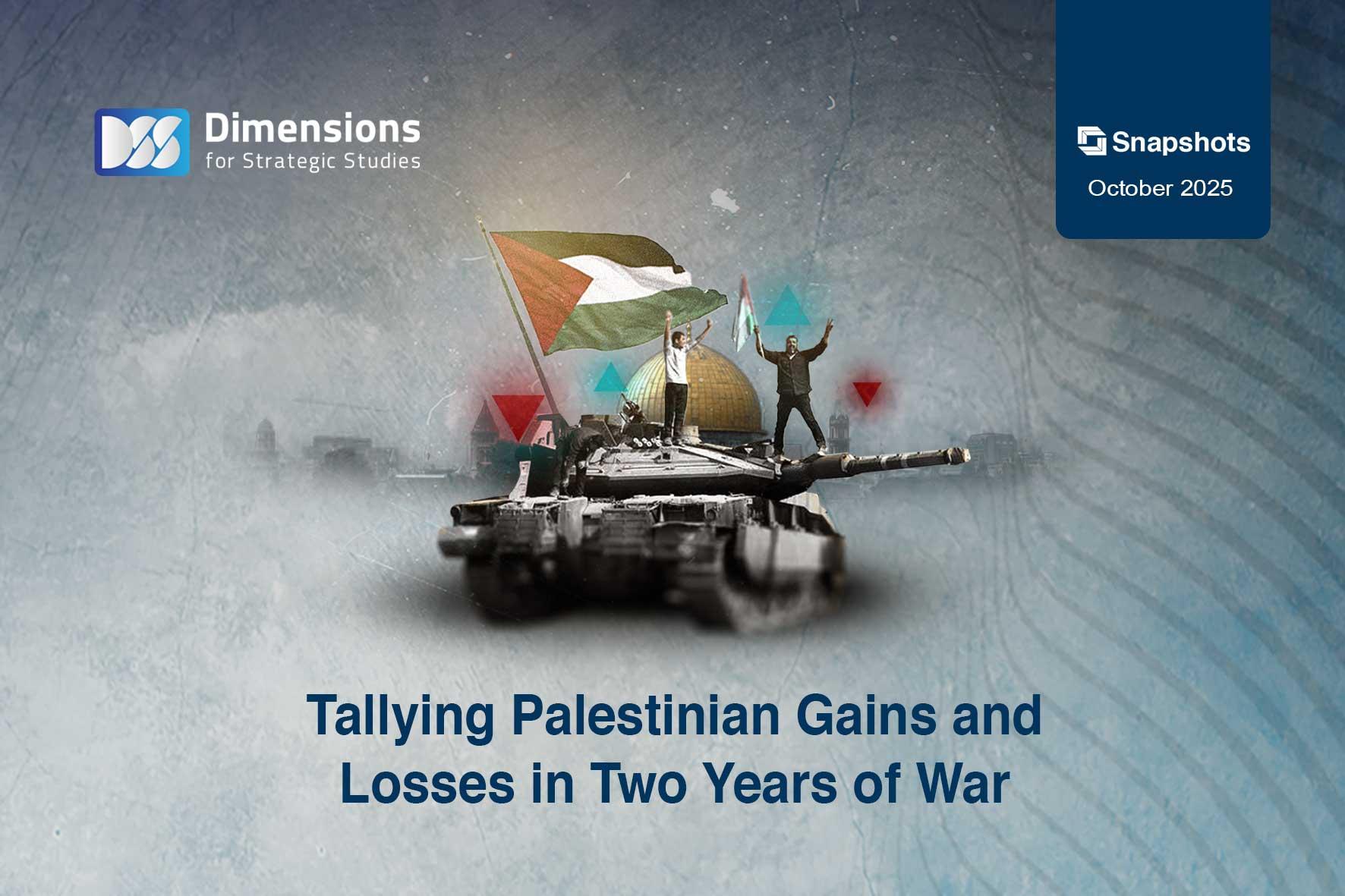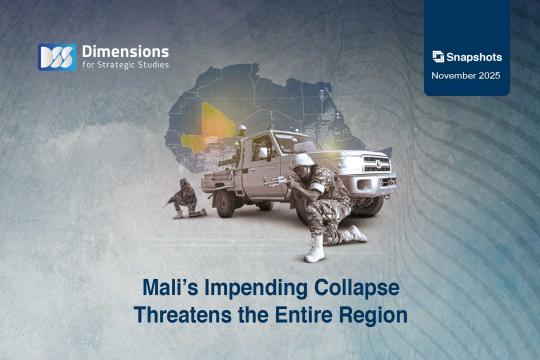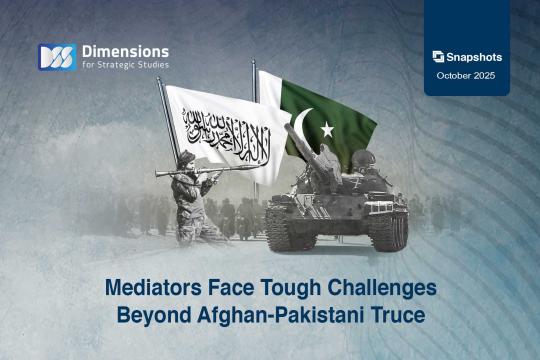
Tallying Palestinian Gains and Losses in Two Years of War
2025-10-07882 view
Two years have passed since armed Palestinian factions attacked Israeli military units and towns around the Gaza Strip on October 7, 2023, prompting Israel to launch a devastating war on the besieged territory. As the confrontation passes a grim two-year milestone, it is worth taking stock of the Palestinians gains and losses.
It is clear that the Palestinians have had certain political and diplomatic wins—first and foremost a wave of international recognition of the State of Palestine last month, including important European countries such as France and Spain.
Putting aside these governments’ motives for recognizing the State of Palestine—such as gaining domestic public support or challenging the Trump administration—it remains clear that this moral and political achievement would not have been possible in the absence of an all-out war between Palestinian militants in Gaza and Israel, notably the widespread atrocities committed by the latter.
Furthermore, the process of normalization between Israel and other countries across the region has become far more difficult, given the growing threat Israel poses to regional security and the Netanyahu government’s willingness to strike any country in the region in order to prove its military superiority. This has undermined the Turkish-Israeli rapprochement underway prior to October 7, while talk of Israeli normalization with Saudi Arabia has also completely disappeared—especially since Israel bombed the headquarters of Hamas in the capital of neighboring Qatar, sparking outrage across the Gulf and the Arab world.
Indeed, Israel’s approach over the past two years has pushed key regional rivals to overcome their differences and reconcile in order to confront a common threat. The relationship between Türkiye and Egypt is a case in point, having developed to the point where they conducted joint maneuvers last month and are coordinating in the Horn of Africa. Consequently, we may see the emergence of a regional axis supporting the Palestinian position—one separate from Iran, whose role strengthens the negative stance of the U.S. and regional players toward Hamas and the Palestinian cause in general.
In terms of losses, there is no doubt that the killing of tens of thousands of Gaza residents, the wounding of many times that number, the displacement of hundreds of thousands, and the destruction of the territory’s infrastructure and residential neighborhoods, constitute a grave demographic loss for Palestine. Moreover, the war has weakened the capabilities of Palestinian armed factions in the Gaza Strip, which previously represented a source of raw force able to threaten Israel when necessary.
Finally, the Gaza Strip’s fate is in the balance as it awaits the outcome of Trump’s ceasefire proposal. That agreement could stipulate an end to the presence of armed factions in the territory, especially that of Hamas. In such a scenario, Palestinian armed groups and the Palestinian people in general may be confronted with yet greater losses.





